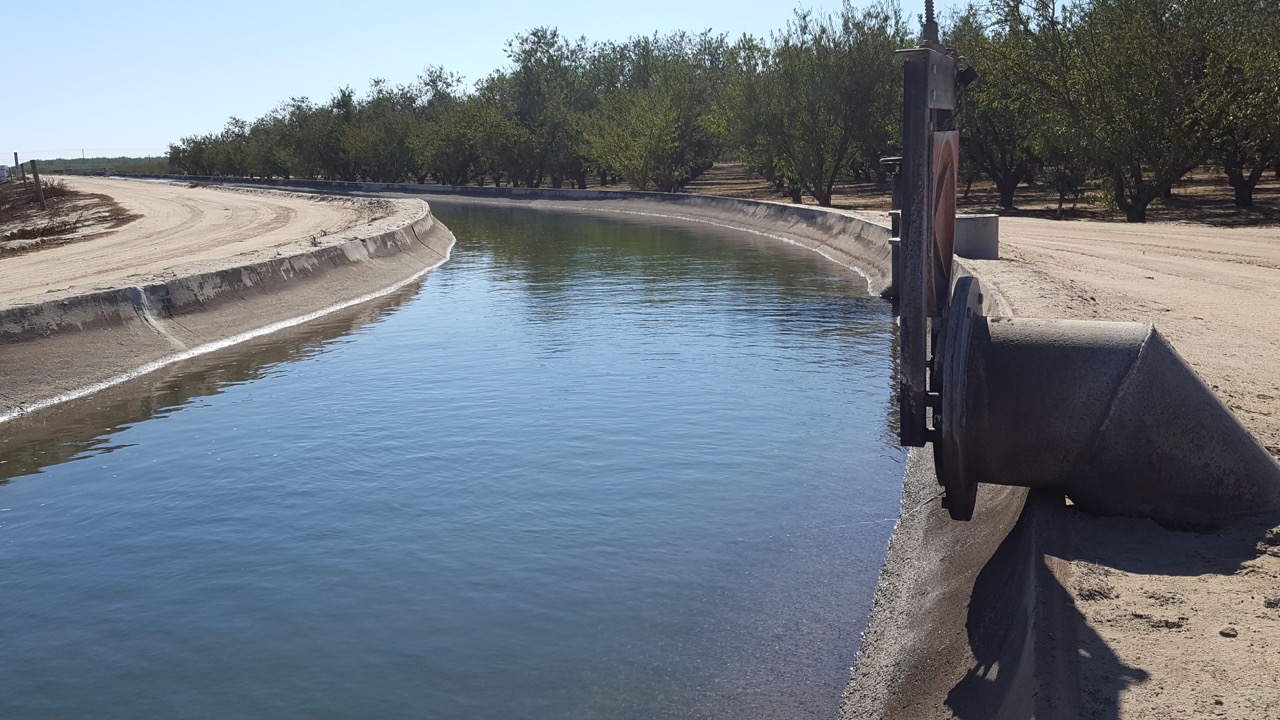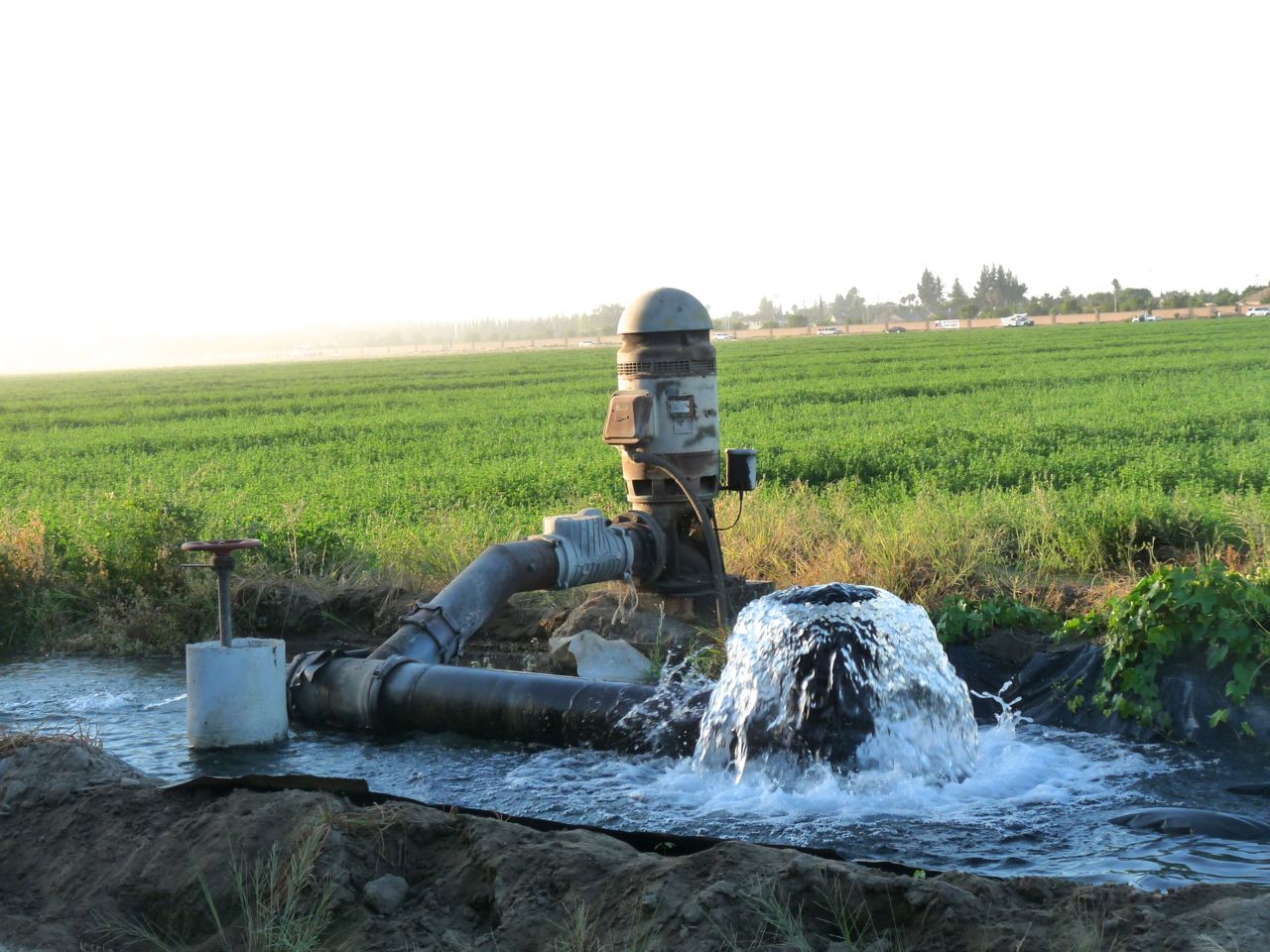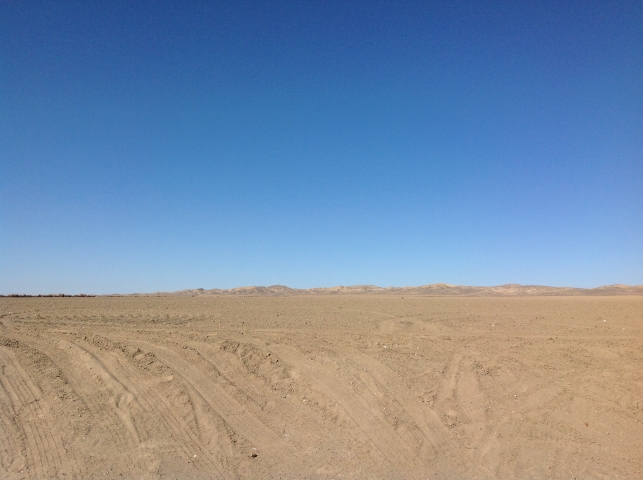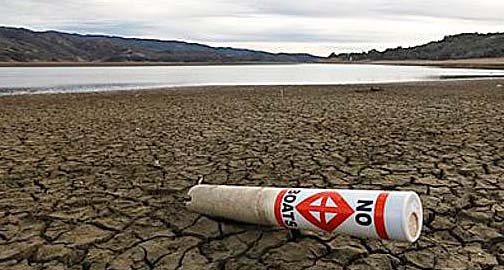Water Board Proceeds With Water Grab for Environment
40 Percent Water Grab for Environment Moves Forward
By Patrick Cavanaugh, Editor
The board members of the State Water Resource Control Board voted Dec. 12 to proceed with their unimpaired flows proposal on the Tuolumne, Stanislaus, and Merced Rivers—putting farmers and communities in peril of losing a big part of their water resources because of this water grab.
They’re calling for upwards of 40 percent unimpaired flows from the three tributary rivers flowing into the San Joaquin River flowing into the Delta to increase flows for salmon and other species.
“It’s going to have devastating and unavoidable consequences to our customers,” said Melissa Williams, Public Affairs spokeswomen for Modesto Irrigation District. “It’ll affect not only our farmers but also our urban community.”
Modesto Irrigation District treats and delivers and wholesales water to the city of Modesto, so homes and businesses will also be affected.
“We’re still evaluating the possible impacts and what that means for different supplies and rates,” Williams said.
“We’re disappointed in the State Water Resources Control Board’s action because at the direction of the governor and also the State Water Board, there was strong encouragement of voluntary agreement discussions. Modesto Irrigation District, together with our partners Turlock Irrigation District in the city and county of San Francisco, engaged in good faith, voluntary agreement discussions the last couple of months,” Williams explained.
The water districts have worked collaboratively to develop a framework for the Tuolumne River that not only would balance the needs of customers and the environment but also included an offer of early implementation of river flow and non-flow measures, such as habitat restoration and predation suppression measures.
“Despite our significant progress in putting this voluntary agreement framework together and presenting it to the State Water Board, they still decided to move forward with their plan,” Williams said.
Of course, the water districts plan to continue to fight the proposal and will take all measures to protect their water supply in those communities that are served.
“We’re still evaluating the State Water Board’s approved resolution, and the action they took and the impacts it will have. We continue to advocate for a durable solution that can achieve sustainability and reliability for our environment, our customers, and overall communities,” Williams said.
The Water Districts are frustrated with the State Water Board because the board ignored all suggestions to help the environment without taking so much water from the rivers.
“We have approximately 30 days to challenge their decision after they file what they call a notice of determination. So over the next month, we’ll be analyzing what they agreed to … and taking the appropriate actions necessary, including litigation,” Williams explained.
The State Water Board did include language in their approved resolution that directed their staff to evaluate the Tuolumne River and voluntary agreement framework and come back with an analysis by March 1, 2019.
“But again, we’re prepared to take any appropriate actions necessary to protect our water supply in our communities for our customers,” Williams said.
The economic impacts are devastating in Stanislaus County alone.
“Through various studies that we’ve done, our water supply supports close to $4 billion worth of economics, in the region. And of course, the Stanislaus and Merced River areas will have similar devastating impacts,” Williams said.
And even San Francisco consumers are impacted. Because a significant source of their water comes from the Tuolumne River, any cutbacks in water supply will affect two million people in the Bay Area.





























